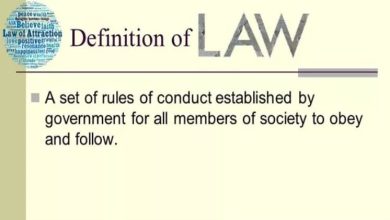Why are Product Liability Claims in Corona, New York, Complex?

Product liability claims are a unique subset of personal injury law that often presents a myriad of complexities for both plaintiffs and defendants. These claims arise when a product causes harm to a consumer due to defects in design, manufacturing, or labeling. The intricate nature of product liability cases stems from various factors that make them challenging to navigate. To navigate the aftermath of a product liability claim easily, click here to hire a personal injury lawyer.
Let’s delve into why product liability claims are considered complex and demanding.
- Multiple Parties Involved
Product liability claims typically involve multiple parties, including the manufacturer, distributor, retailer, and potentially others in the supply chain. So, determining liability among these entities can be intricate, especially when each party may attempt to shift blame onto others. Moreover, identifying the responsible parties and establishing their degree of fault requires thorough investigation and legal expertise.
- Technical and Scientific Evidence
Unlike other personal injury cases, product liability claims often hinge on technical and scientific evidence to prove product defects and causation. So, understanding complex engineering principles, manufacturing processes, and industry standards is essential for evaluating the validity of a claim. In addition, expert testimony and forensic analysis are commonly required to establish how a product defect led to the plaintiff’s injuries.
- Diverse Legal Standards
Product liability laws vary from state to state and may encompass different theories of liability, such as strict liability, negligence, or breach of warranty. Navigating these legal standards and determining which applies to a specific case can be intricate. An attorney well-versed in product liability law must assess the circumstances of the claim to determine the most appropriate legal theory to pursue.
- Regulatory Compliance and Standards
Products are subject to a vast array of federal and state regulations governing their safety and quality. In fact, compliance with these standards is crucial for manufacturers and sellers to avoid liability for product-related injuries. So, analyzing whether a product met applicable regulatory requirements at the time of manufacture adds another layer of complexity to product liability claims.
- Establishing Damages
Calculating damages in product liability cases can be challenging due to the nature of injuries sustained by the plaintiff. Injuries caused by defective products may result in long-term medical expenses, lost wages, pain and suffering, and other non-economic losses. In fact, quantifying these damages accurately requires a comprehensive assessment of the plaintiff’s current and future needs, often necessitating expert input.




